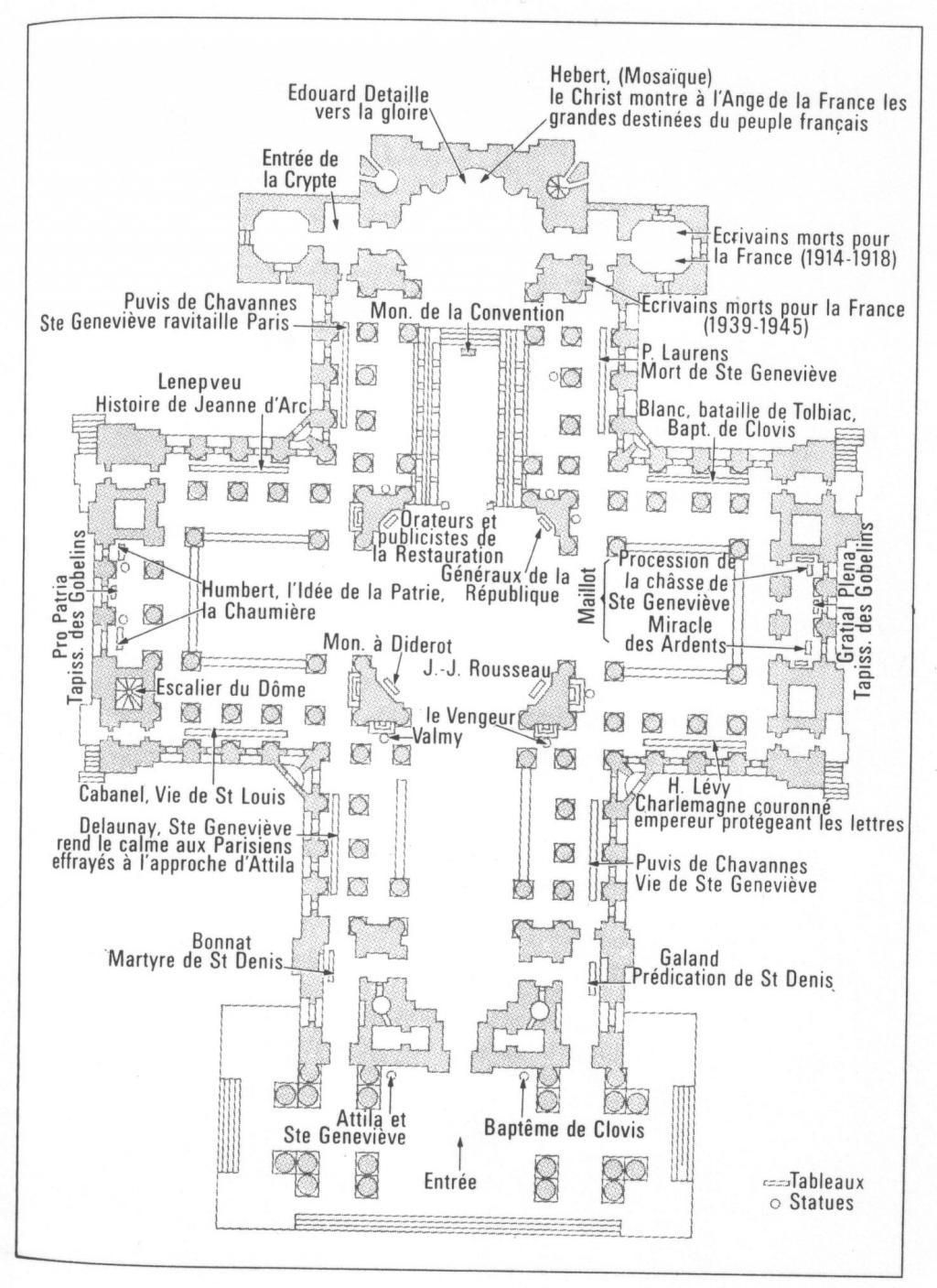Jean Baptiste Perrin
AKA:
Jean Perrin
Birth Name:
Jean Baptiste Perrin
Birth Date:
September 30, 1870
Birth Place:
Lille, France
Death Date:
April 17, 1942
Place of Death:
Mount Sinai Hospital, New York, New York
Age:
71
Cause of Death:
Natural Causes
Cemetery Name:
Le Panthéon
Claim to Fame:
Science
Jean Baptiste Perrin was a French physicist who, in his studies of the Brownian motion of minute particles suspended in liquids, verified Albert Einstein’s explanation of this phenomenon and thereby confirmed the atomic nature of matter (sedimentation equilibrium). He was awarded with the Nobel Prize for Physics in 1926 for this achievement.
Cemetery Information:
Final Resting Place:
Le Panthéon
Place du Panthéon
Paris, , 75005
France
Europe
Map:

Cemetery map of Le Panthéon in France.
Grave Location:
Perrin CryptGrave Location Description
Enter through the main entrance, and go straight all the way to the back of the building. There will be a sign pointing left to go to the Crypt. Follow the signs and go down the staircase to the Crypt. In the Crypt, equal in size to the main hall above, though with space consumed by structural elements, you’ll see the tombs and memorials in various rooms branching out from the main hallway. Jean Baptiste Perrin is located in an alcove with Paul Painlevé and Louis Braille. His tomb is directly under Louis Braille.
Grave Location GPS
48.846314, 2.345669Visiting The Grave:
Photos:
[+]
[+]
[+]
[+]
[+]
[+]
[+]
FAQ's
Jean Baptiste Perrin was born on September 30, 1870.
Jean Baptiste Perrin was born in Lille, France.
Jean Baptiste Perrin died on April 17, 1942.
Jean Baptiste Perrin died in Mount Sinai Hospital, New York, New York.
Jean Baptiste Perrin was 71.
The cause of death was Natural Causes.
Jean Baptiste Perrin's grave is in Le Panthéon
Read More About Jean Baptiste Perrin:
Videos Featuring Jean Baptiste Perrin:
See More:
Back to Top





